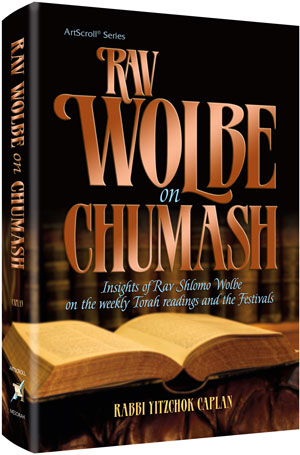In this week's parsha we read how Avrahom implored Hashem not to destroy Sodom, Amorah and their environs. Avrahom claimed that it would be a grave injustice to wipe out the righteous together with the wicked, and therefore, Hashem should save these entire cities in the merit of the fifty righteous men who reside therein. Rashi explains that when Avraham requested that Hashem turn back His wrath in face of the fifty righteous people, he was requesting that all five cities under discussion be saved. When he asked that they be spared in merit of forty righteous people, he was asking to spare four cities. In other words, Avraham (rightfully) felt that ten righteous people have the ability to save an entire city.
It is of utmost importance that people recognize the great merits that are accrued for all on behalf of the Torah scholars amongst us. Chazal tell us (Sanhedrin 99b) that the definition of a heretic is one who asks, "What benefit do Torah scholars provide for society?" It is only because of them that protection is afforded for the entire community.
Rav Wolbe (Shiurei Chumash) adds that this idea holds true in our days just as in the days of Avrahom Avinu. He related that his father-in-law, Rav Avraham Grodzinsky hy"d the Mashgiach of the Slabodka Yeshiva, lived in the Kovno Ghetto during the first few years of World War II. Every Friday night he would gather his disciples and deliver a discourse. When he realized that the Germans intended to liquidate the ghetto, he gathered ten disciples and formed a "mussar vaad." He used Avrahom as proof that ten truly righteous individuals have the ability to save an entire ghetto, and therefore, he wished to create such an elite group of people. Each member of the group was to accept upon themselves to act exactly in accordance to the instructions given by Rav Grodzinsky. He hoped that this way they would be considered righteous in the eyes of Hashem, thereby enabling their merits to be used for the salvation of their entire community.
We might not see the connection between our Talmidei Chachomim and the protection of our communities. However, the Torah clearly informs us that it is in their merit that the less worthy are provided protection. If so, is there a limit to how much we owe our Torah leaders and Rabbanim? Additionally, can we fathom the loss incurred by the passing of a great Rosh Yeshiva? From this week's parsha we can glean how much we must appreciate our Gedolim!

